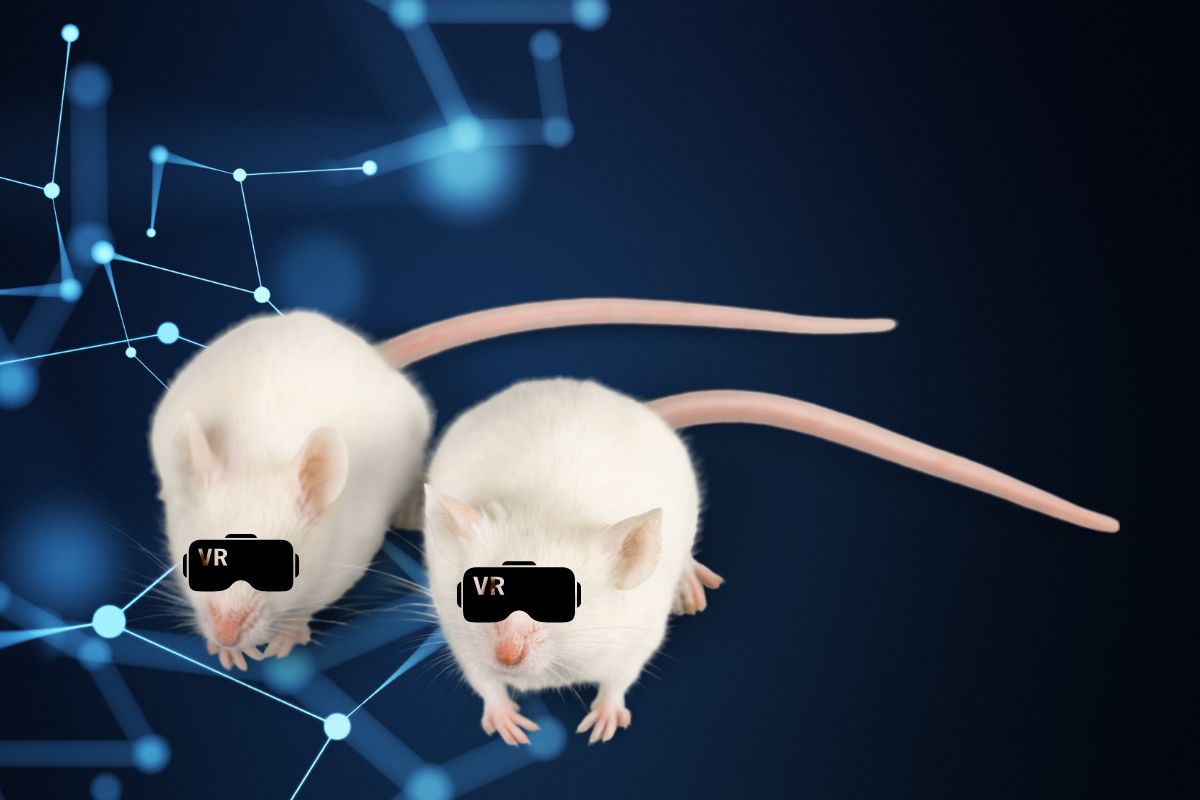The gadgets allow scientists to develop better experiments so they can better understand them.
Researchers have announced that they have developed a way to outfit lab mice with virtual reality goggles that will allow those researchers to learn a considerable amount about the rodents.
The technology does sound odd, but it has a range of highly practical applications for research.
Scientists plan to use the new virtual reality technology to better understand the way mice respond to things they typically experience in the wild, such as predatory birds. Though this technology is novel, the idea of using VR on lab mice isn’t actually new.

Under the right circumstances, VR makes it possible for researchers to simulate various environments – such as nature – for mice to experience while they are actually still within controlled conditions. Still, until now even the most cutting-edge mouse virtual reality systems remain quite awkward and have a long way to go. For instance, a mouse would be placed on a treadmill while being surrounded by projection screens or computer displays. That said, it isn’t possible to cover an entire lab with screens or projections and it usually takes a while for mice to start paying attention to the VR environment around them.
The new virtual reality system for mice provides the rodents with a much more life-like experience.
The new system is called iMRSIV (which is pronounced as “immersive”). It works in a way comparable to other popular VR goggles such as Oculus Rift. That said, the lab mice aren’t actually wearing little headsets. Instead, the goggles are connected to the base of the iMRSIV system and the lab mice are placed close enough to the opening of the goggles that their entire field of vision is effectively covered. It also provides mice with the freedom to use a treadmill to run in place while looking into the goggles.
The researchers published their findings in the Neuron journal earlier this month, determining that mice seemed to adapt to the use of the iMRSIV system considerably more quickly than previously used virtual reality systems.
“We went through the same kind of training paradigms that we have done in the past, but mice with the goggles learned more quickly,” explained Daniel Dombeck, senior study author, in a media statement released by Northwestern University. “After the first session, they could already complete the task. They knew where to run and looked to the right places for rewards. We think they actually might not need as much training because they can engage with the environment in a more natural way.”


